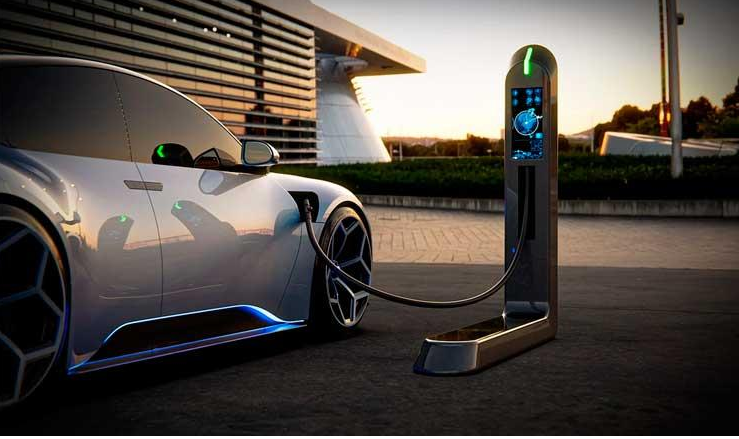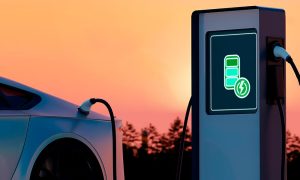Specialized reports continue to show positive results in the electric vehicle market and its massification in the coming years. A few weeks ago, a study by the firm EY forecasts a 38% growth in sales of this segment by 2023, reaching 14.5 million electric and hybrid vehicles sold worldwide.
While by 2030 they estimate that sales of these cars will reach more than half of the total, 55%.
A new report published by the Bloomberg agency offers even more encouraging data in the short term. According to the information released, the adoption of electric cars will skyrocket in the coming years, with more than 100 million electric passenger vehicles on the road by 2026 and more than 700 million by 2040, compared to the 27 million recorded at the beginning of this year.
So says the latest annual Long-Term Electric Vehicle Outlook (EVO) report from research agency BloombergNEF (BNEF).
In Figures
The study highlights that the cumulative value of EV sales across all segments will reach $8.8 billion by 2030 and $57 billion by 2050, according to BNEF‘s baseline economic transition scenario, which takes into account the weakness that exists in public policy.
“Electric vehicles and batteries are now a central part of many countries’ industrial strategy and competition to attract investment will increase in the coming years,” the Bloomberg publication stresses.
Read also: Geotab Introduces a Case Study on Sustainability in Combustion Fleets
Public-private Alliance
The report emphasizes the need for concerted efforts by policymakers and industry participants to take urgent action to keep road transport on track to meet the long-term emissions targets that countries have set for themselves.
Dense public charging networks are needed to help reduce the range of EVs that consumers believe they need, which in turn reduces pressure on the supply of raw materials for batteries.
EV ranges have increased by 10% per year since 2018. Even if this slows to 5% per year from 2023 to 2030, it adds nearly 50% more demand for lithium, nickel and cobalt compared to a base case where BEV ranges remain flat.
“Direct electrification using batteries is the most efficient, cost-effective and commercially available route to fully decarbonize road transport. Still, more momentum is needed in areas such as heavy transport, charging infrastructure and raw material supply,” said Aleksandra O’Donovan, Head of Electric Vehicles at BloombergNEF.
The report also includes a net-zero emissions scenario, consisting of a zero-emission world fleet by mid-century. Only one segment of road transport, three-wheelers, is fully on track for this more ambitious scenario, but buses and two-wheelers are also very close.
Commercial vans and passenger cars are also gaining momentum, but will need additional political support to stay on track.
Heavy trucks are far behind the net zero emissions trajectory and should be a priority for policymakers. Network investments, grid connections and permitting processes also need to be streamlined to support the large number of charging points needed for the trucking transition.
Read the full report here







